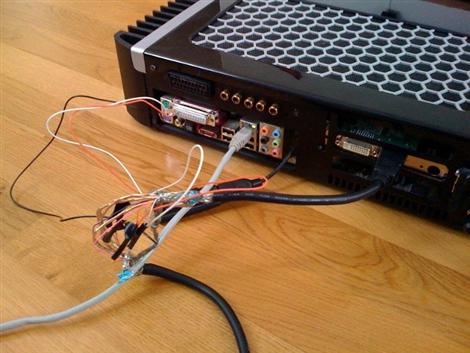
Another group of developers has stepped up to the plate in the never-ending attempt to integrate online streaming video with MythTV. The new plugin is called MythNetVision and aims to bring streaming and downloading video functionality both easily and legally. That means without violating the terms of service of the providing website.
We’ve seen so many attempts that fell short it’s easy to be skeptical about the chances of this plugin actually working. Plugins like MythStream and MythVodka worked only temporarily before breaking and never seemed to provide a reliable option. Many people have tried adding Boxee, Hulu Desktop, or XBMC integration by launching these separate packages via the MythTV UI but that’s far from a clean solution.
It looks like MythNetVision is taking a slightly different approach. Although not yet available, the designers have built the plugin in two parts. The frontend is a fully skinnable user interface that parses RSS feeds to provide the hooks needed to browse, search, and view video. Depending on the content, a browser may be spawned to play the video, it may be played within MythTV’s normal player, or a separate download thread can be launch with video following after the appropriate buffer level is reached. The RSS feeds come either directly from the provider, such as the Revision3 feeds, or a scraper can be written to provide custom RSS feeds from sites that don’t have them.
We’ve seen a glimpse of the progress and we’re optimistic that we’ll see a reliable plugin. Early adoption and user script contribution are the best way to help ensure this so keep an eye out for the public release of this package.

















